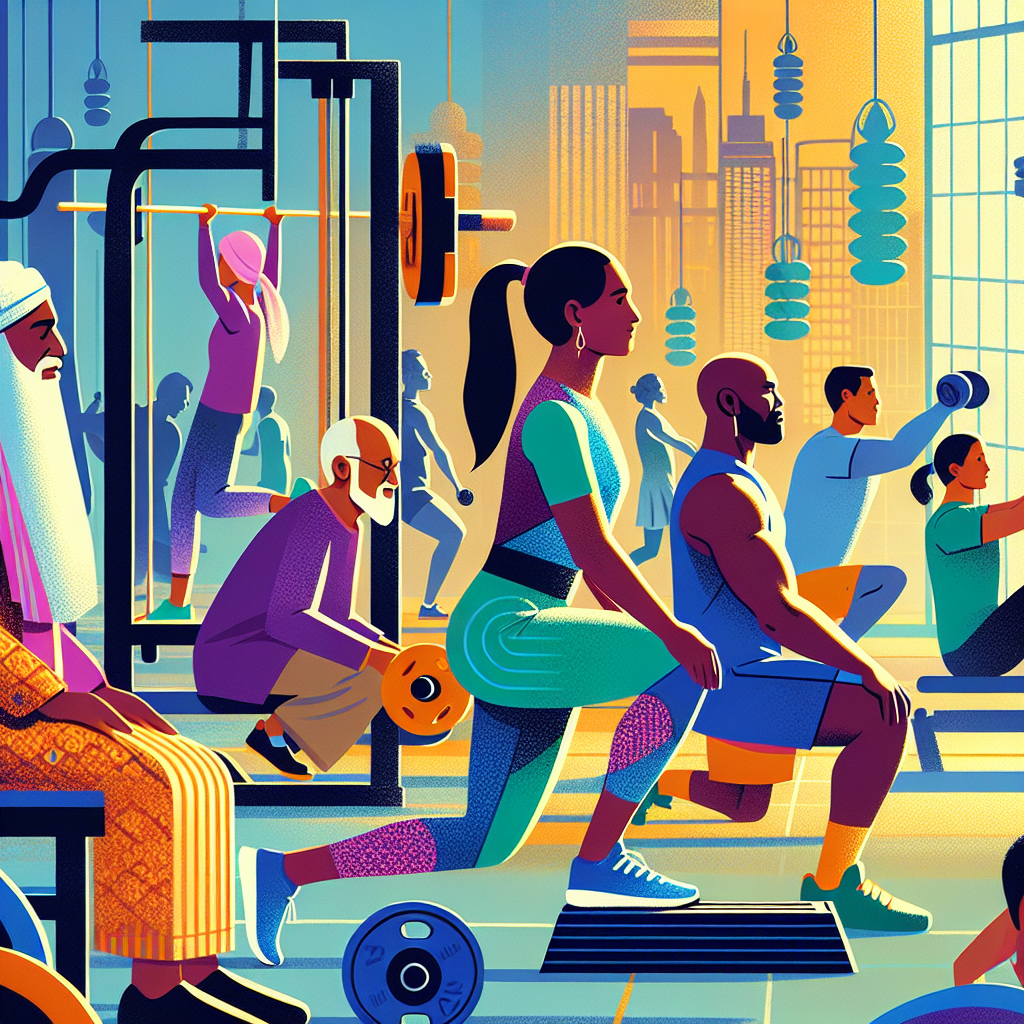
When it comes to leg day, the goal is simple yet daunting: build strength, enhance muscle definition, and improve overall functionality of the lower body. For many gym enthusiasts, the right equipment can make all the difference in achieving these goals. In this article, we’ll explore some of the most popular machines designed for leg workouts, comparing their benefits, drawbacks, and how they can fit into your training regimen.
The Main Contenders
1. Leg Press Machine
Overview: The leg press machine is a staple in many gyms and is beloved by both beginners and seasoned athletes. It allows you to lift heavy weights with your legs while remaining seated, reducing the risk of injury.
Benefits:
- Targets the quads, hamstrings, and glutes effectively.
- Can handle heavier weights, ideal for building strength.
- Minimal back strain compared to traditional squats.
Drawbacks:
- Can encourage poor form if not used correctly.
- May lead to muscle imbalances if overused without incorporating other leg exercises.
Best for: Individuals looking to increase lower body strength without the intensity of free weight squats.
2. Smith Machine Squat
Overview: The Smith machine is a versatile piece of equipment that can be used for various exercises, including squats. Utilizing a barbell that moves along a fixed path, it allows for a controlled range of motion.
Benefits:
- Provides stability for squats, making it beginner-friendly.
- Allows for progressive overload with added weights.
- Reduces the risk of dropping weights, enhancing safety.
Drawbacks:
- The fixed movement pattern may not engage stabilizing muscles as effectively as free weights.
- Some users may find it limits their natural squat range.
Best for: Beginners who want to learn proper squat mechanics without the instability of free weights.
3. Hack Squat Machine
Overview: This machine mimics the squat movement while placing the body in a slightly different angle. Users remain in a back-supported position, which helps to isolate the legs.
Benefits:
- Primarily targets the quads, with good activation of the glutes and hamstrings.
- Reduces lower back strain, making it suitable for those with prior injuries.
- The angle and support can help users maintain proper form throughout the exercise.
Drawbacks:
- Can become monotonous compared to free weight squats.
- Not always accessible in smaller gyms.
Best for: Lifters seeking to concentrate on thigh development with reduced back involvement.
4. Leg Curl & Leg Extension Machines
Overview: Often found side by side in the gym, the leg curl and leg extension machines specifically target the hamstrings and quadriceps, respectively.
Benefits:
- Isolates specific muscle groups for targeted development.
- Great for injury rehabilitation and muscular imbalances.
- Can be safely used by beginners to isolate muscle groups without extensive training on form.
Drawbacks:
- Limited functional transfer to activities outside the gym; they don’t reflect natural leg movements.
- Over-reliance on isolation machines can lead to overall strength imbalances.
Best for: Anyone looking to refine specific muscle groups or recover from an injury while maintaining leg strength.
5. Calf Raise Machine
Overview: This machine, specifically designed for calf workouts, targets the gastrocnemius and soleus muscles of the lower leg.
Benefits:
- Isolates and effectively targets the calf muscles.
- Many calf machines allow for heavy loading, beneficial for strength development.
- May come in variations (seated or standing), adding to versatility.
Drawbacks:
- Sometimes neglected in favor of more prominent leg exercises, leading to disproportionate development.
- Results may require consistent dedication due to the calf muscles’ inherent resilience to growth.
Best for: Anyone looking to develop calf size and strength or enhance lower leg aesthetics.
Final Considerations
When comparing these machines, it’s crucial to evaluate your personal fitness goals, any existing injuries, and the training style that suits you best. For an effective leg day routine, a combination of these machines can help you achieve a well-rounded lower body workout.
Incorporating free weights and bodyweight exercises alongside these machines can further enhance your results, providing a comprehensive approach to developing leg strength and functionality.
Conclusion
In the battle of leg day machines, there is no one-size-fits-all winner. Each machine comes with unique benefits and potential drawbacks, tailored to different aspects of leg training. The key is to understand your own goals and how each machine can help you reach them, ensuring your leg days are as effective and enjoyable as possible. With the right equipment and a strategic approach, leg day can transform from a dreaded routine to a powerful and rewarding workout session.



